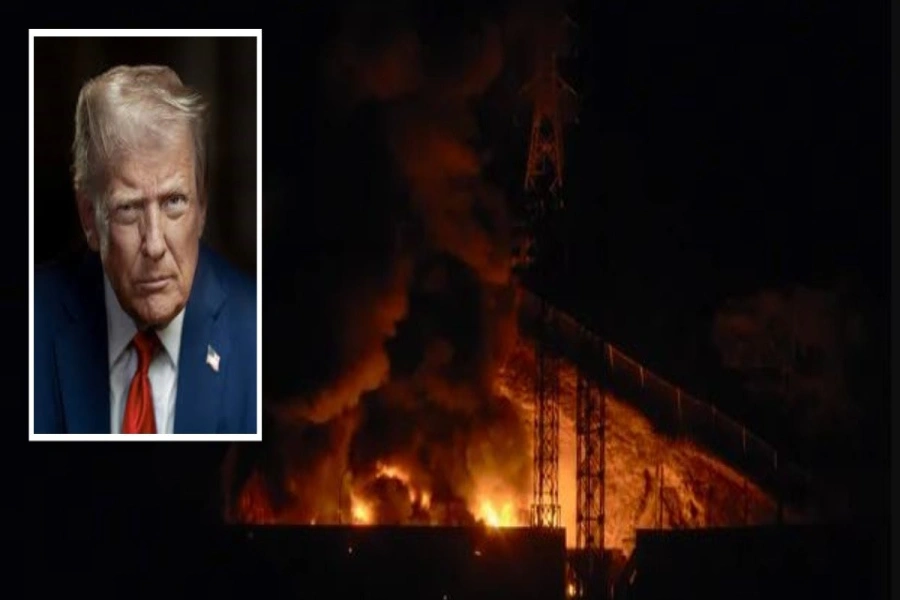Kishor Jyoti is an artist based in Kathmandu, Nepal. Jyoti, also known as Young Flame Artist, describes his style as realism with a hint of surrealism. As of now, Jyoti is a part of an artist community called the “Pagoda Artist Group” and for nearly five years, he has been honing his craft under artist Roshan Pradhan.
Like many other artists, Jyoti too claims to have been attracted to art since childhood. He describes seeing images on a blank wall and feeling the need to add dimensions and patterns wherever possible. It was perhaps because of this reason that his school desk was never clean. “At first, the teachers were furious but after a while, when they saw that I had a knack for it, they actually encouraged me,” he says. And even now, as a full time artist, he claims that a few words of encouragement by mentors and people who come across his works are huge motivational boosts. It inspires him to always work on his craft and try to better his skills.
For the most part, Jyoti is a self-taught artist. It’s only in recent years, under the guidance of his mentor Roshan Pradhan, that he has undergone some formal training in art. Jyoti explains that he is mostly drawn to elements of surrealism in his work and many of his ideas often come to him in his dreams that he then tries to incorporate in his artworks.
Butwal launches perspective development plan

If anyone were to closely observe his artworks, one would find a recurring theme – the use of fusion between a man and an animal. “I see hints of animals and their behavior in myself and people around me,” he says adding that beneath all the clothes and facades people really are all wild at heart and this very wildness spills out in small, often unnoticed moments.
To further explain this, Jyoti gives an example of himself. According to him, whenever he is famished, he eats like a crocodile, whenever he feels a little too good about himself, he feels like a tiger and similarly, whenever moments of sadness and weaknesses hit him, he slumps back like a deer. These subtle moments when he as well as other people transform into a form of animal are what fascinate him as an artist.
Moreover, Jyoti loves to derive ideas from small situations and moments in life. One particular artwork of his which shows a hybrid of a fox and a human sitting on a throne with tigers protecting it and men being crushed beneath it was inspired by a 40-minute “sawari” (President Bidhya Bhandari’s motorcade) induced traffic jam where he saw how helpless ordinary people were in front of power and politics.
Whenever an idea pops into Jyoti’s head for an artwork, he makes sure to thoroughly visualize and compose it in his mind first. After that, he puts it down on pen and paper. After ordering for a suitable canvas, he prepares a reference around which he can base his artwork, which is usually a photograph where either he himself or his friends model for him. “I like to use acrylic when I paint mainly because it’s quick and blends in well with my changing thoughts,” he explains.
One of his biggest inspirations is mysticism, especially the ideas and beliefs of Osho whose ideas of nonconformity and free thought are what Jyoti loves to portray through his artwork. One of his artworks shows a tiger being hunted by robot like men where, according to Jyoti, the tiger represents free thought and the robot like men represent the need for conformity and sameness in our society that will do everything in its power to crush anything that’s remotely different from its “ideals”. “I truly believe that just because one is different doesn’t mean one is wrong,” he says.
Jyoti’s artworks are also complemented by poems that he writes himself. This, he claims, might help viewers navigate through all the metaphors in his artwork. “Several words are playing in my head while I work and in the end I weave them down into poetry,” he explains.
Jyoti exhibited his artwork for the first time in 2014 at an exhibition titled “Beauty in Black and White” held at the Nepal Art Council in Babarmahal, Kathmandu. Similarly, in 2017, he made one half of a two-man artist duo for an exhibition, which was also held at the Nepal Art Council. His artworks have also been exhibited as a part of the Pagoda Artist Group in 2018 and 2019 in exhibitions titled “Symphonic Existence” and “The Coherence” respectively.
Jyoti, who loves solitude, says his paintings reflect his search for peace and calmness through the colors used in them. His paintings feel almost monochromatic and have a dark element to them that, Jyoti says, mirrors his own emotions. “My paintings, to be honest, are a reflection of my thoughts and whatever is going on within me,” he concludes.






































